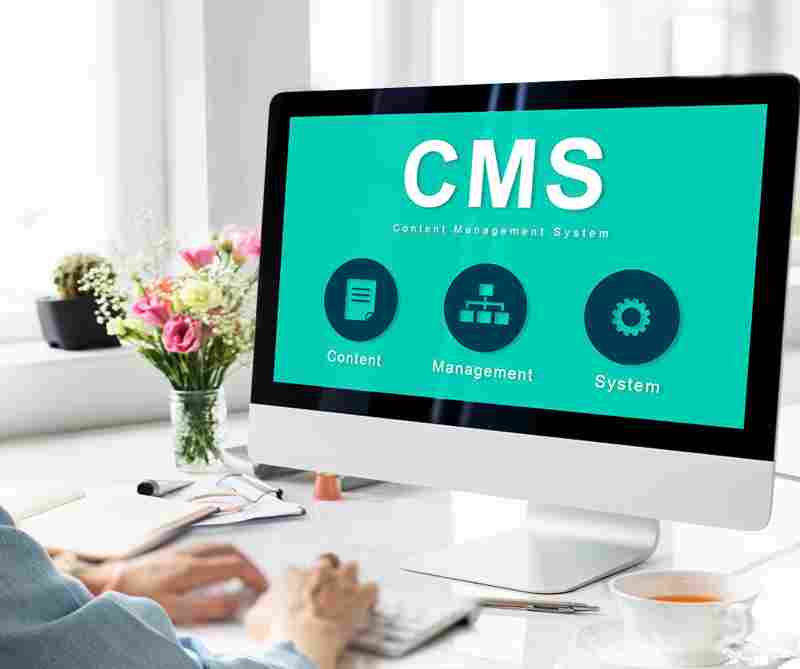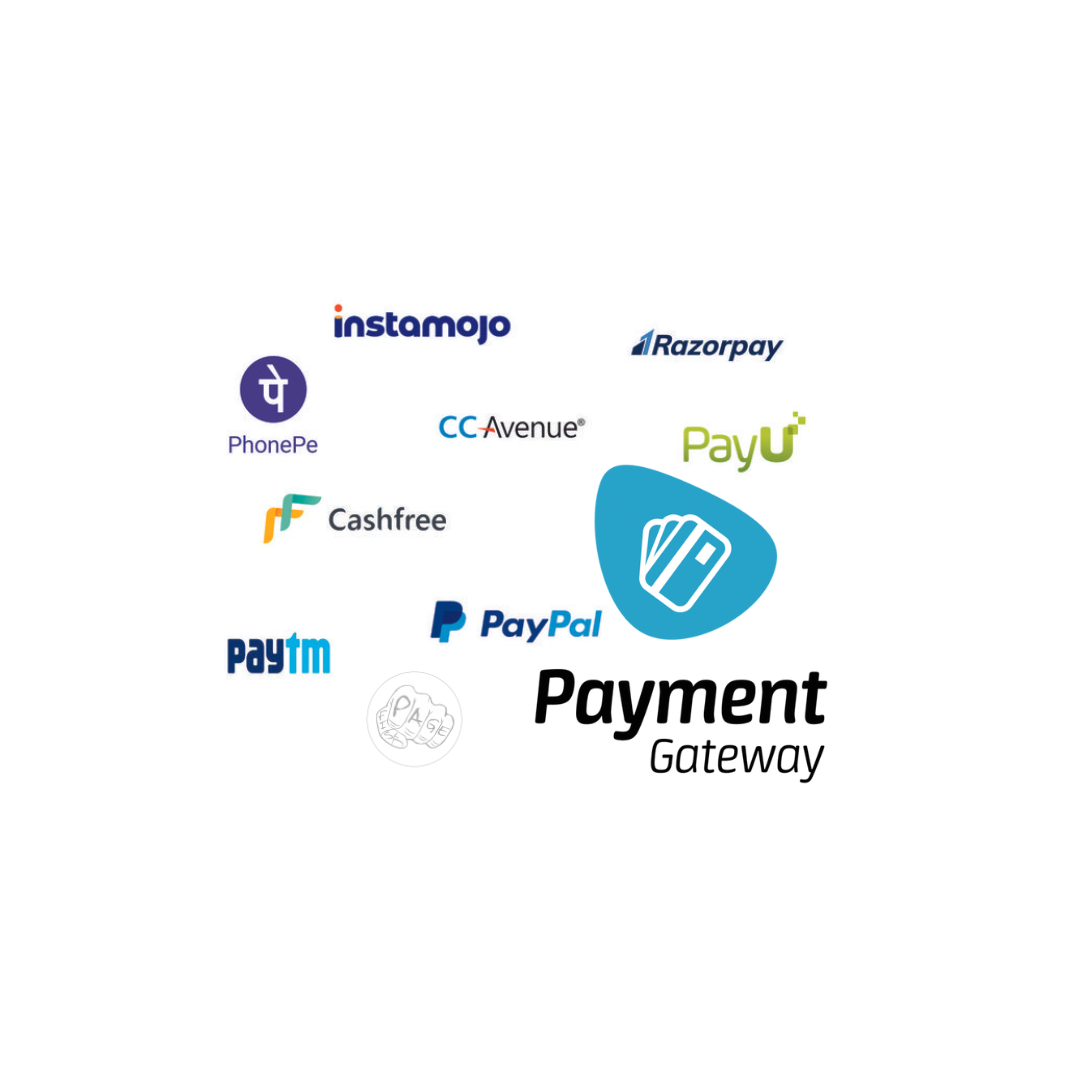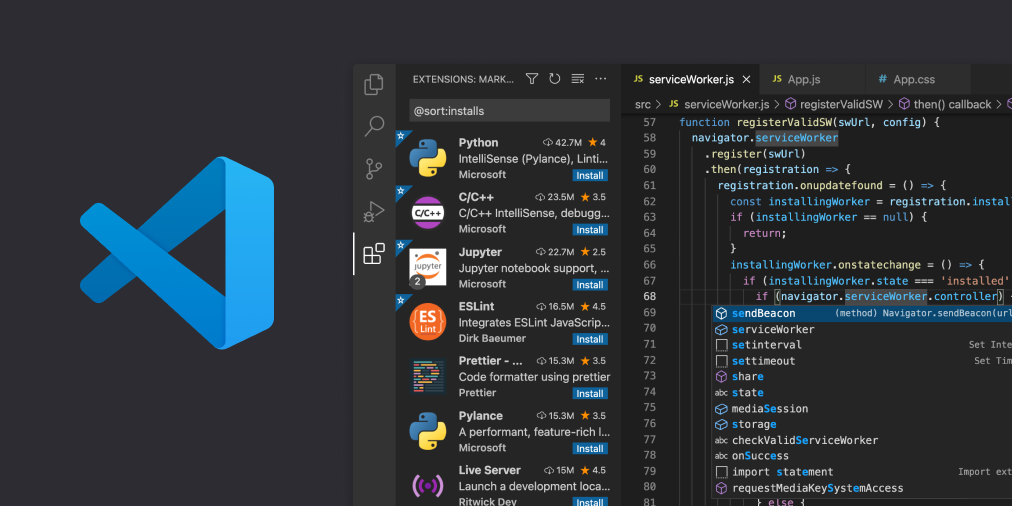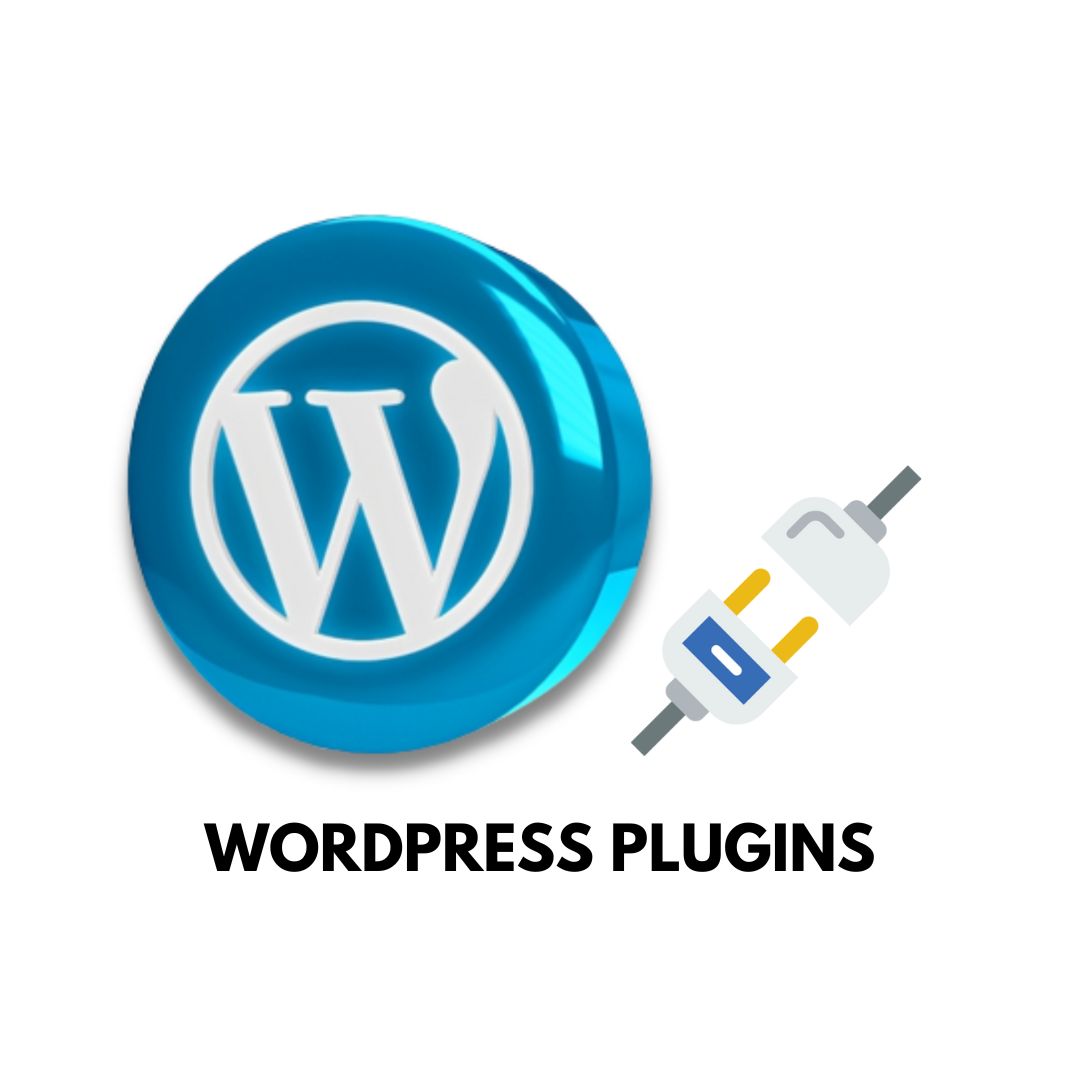What Is a Content Management System (CMS)?
CMS stands for Content Management System, which is a software application that allows users to create, manage, and publish digital content on a website or a web platform. A CMS typically consists of two main components: a content management application (CMA) that enables users to edit and modify content without coding, and a content delivery application (CDA) that delivers the content to the end-users through a web server. Some examples of popular CMS platforms are WordPress, Drupal, Joomla, and Shopify.
A content management system (CMS) is a software application that allows users to create, manage, and publish digital content on a website or a web platform. A CMS typically consists of two main components: a content management application (CMA) and a content delivery application (CDA).
The CMA is the user interface that allows users to add, edit, delete, and organize content on their website. The CDA is the backend system that stores and delivers content to website visitors. A CMS can also provide additional features such as templates, themes, plugins, modules, extensions, and widgets that enhance the functionality and appearance of the website.
Some of the benefits of using a CMS are:
- It simplifies the process of creating and updating web content, without requiring technical skills or coding knowledge.
- It allows multiple users to collaborate on the same website, with different roles and permissions.
- It enables users to manage and maintain their websites from any device and location, as long as they have internet access.
- It improves the performance, security, and scalability of the website, by reducing server load and providing automatic backups and updates.
- It facilitates the integration of the website with other applications and services, such as social media, analytics, e-commerce, and email marketing.
Some of the challenges of using a CMS are:
- It can be expensive and time-consuming to set up, customize, and maintain a CMS, depending on the complexity and size of the website.
- It can pose security risks if the CMS is not updated regularly or configured properly, exposing the website to hackers and malware.
- It can affect the SEO (search engine optimization) of the website, by generating duplicate or low-quality content, or by limiting the control over the URL structure and metadata.
- It can limit the creativity and flexibility of the website design, by restricting the options and features available in the CMS.
Some of the popular CMS platforms are:
- WordPress: WordPress is an open-source CMS that powers more than 40% of all websites on the internet. It is known for its ease of use, versatility, and a large community of developers and users. WordPress offers thousands of themes and plugins that can be used to create any type of website, from blogs and portfolios to e-commerce and membership sites.
- Drupal: Drupal is another open-source CMS that is used by many large organizations and government agencies. It is known for its robustness, security, and scalability. Drupal offers a high level of customization and flexibility, but it also requires more technical skills and resources to set up and manage.
- Joomla: Joomla is a third open-source CMS that is used by millions of websites worldwide. It is known for its user-friendliness, extensibility, and multilingual support. Joomla offers hundreds of templates and extensions that can be used to create various types of websites, from news portals and magazines to social networks and online forums.
- Squarespace: Squarespace is a proprietary CMS that provides an all-in-one solution for creating and hosting websites. It is known for its sleek design, intuitive interface, and responsive templates. Squarespace offers a range of features and tools that can be used to create professional-looking websites, from portfolios and blogs to e-commerce and online booking systems.
- Wix: Wix is another proprietary CMS that allows users to create and host websites for free or with a premium plan. It is known for its drag-and-drop functionality, artificial design intelligence (ADI), and app market. Wix offers a variety of templates and apps that can be used to create stunning websites, from personal pages and resumes to business sites and online stores.
A content management system (CMS) is a powerful tool that can help users create, manage, and publish digital content on their websites. However, choosing the right CMS depends on several factors such as the purpose, budget, skills, and preferences of the user. Therefore, it is important to research and compare different CMS options before deciding which one to use for your website project.
Share This Post
Related Articles
Payment Gateway Integration: A Comprehensive Guide
Learn how to seamlessly integrate payment gateways like PayU, Instamojo, CCAvenue, and more into your website or app. Enhance security, streamline transactions, and boost customer satisfaction with our comprehensive guide.
Revamping Travel Agency Websites: A Journey to Modernization and Enhanced Functionality
Explore the art of website redesign for travel agencies! Discover insights on revamping existing travel agency websites for a fresh, modern look and improved functionality.
Enhancing User Experience (UX) on Your Website: Unleash the Power of Design and Functionality
Discover the secrets to enhancing User Experience (UX) on your website! From design tips to navigation tricks, this article unveils the art of captivating users. Don't let your website be a maze make it a delightful journey!
Visual Studio Code: A Powerful and Versatile Code Editor
Visual Studio Code is a powerful and versatile code editor that supports multiple languages, extensions, and debugging tools. It is designed to help developers create, test, and deploy high-quality applications with ease and efficiency. Whether you are working on web, mobile, desktop, or cloud projects, Visual Studio Code can help you streamline your workflow and enhance your productivity.
WordPress Plugins: A Guide for Beginners
WordPress plugins are software components that extend the functionality and features of the WordPress platform. They can help you create and manage various types of websites, such as blogs, e-commerce, portfolios, forums, and more. WordPress plugins are easy to install and customize, and there are thousands of free and premium options available for different purposes and niches. Some of the most popular WordPress plugins are WooCommerce, Yoast SEO, Elementor, Jetpack, and Contact Form 7.
Related FAQ
No related FAQ.
Say Hello
To Your Dream





